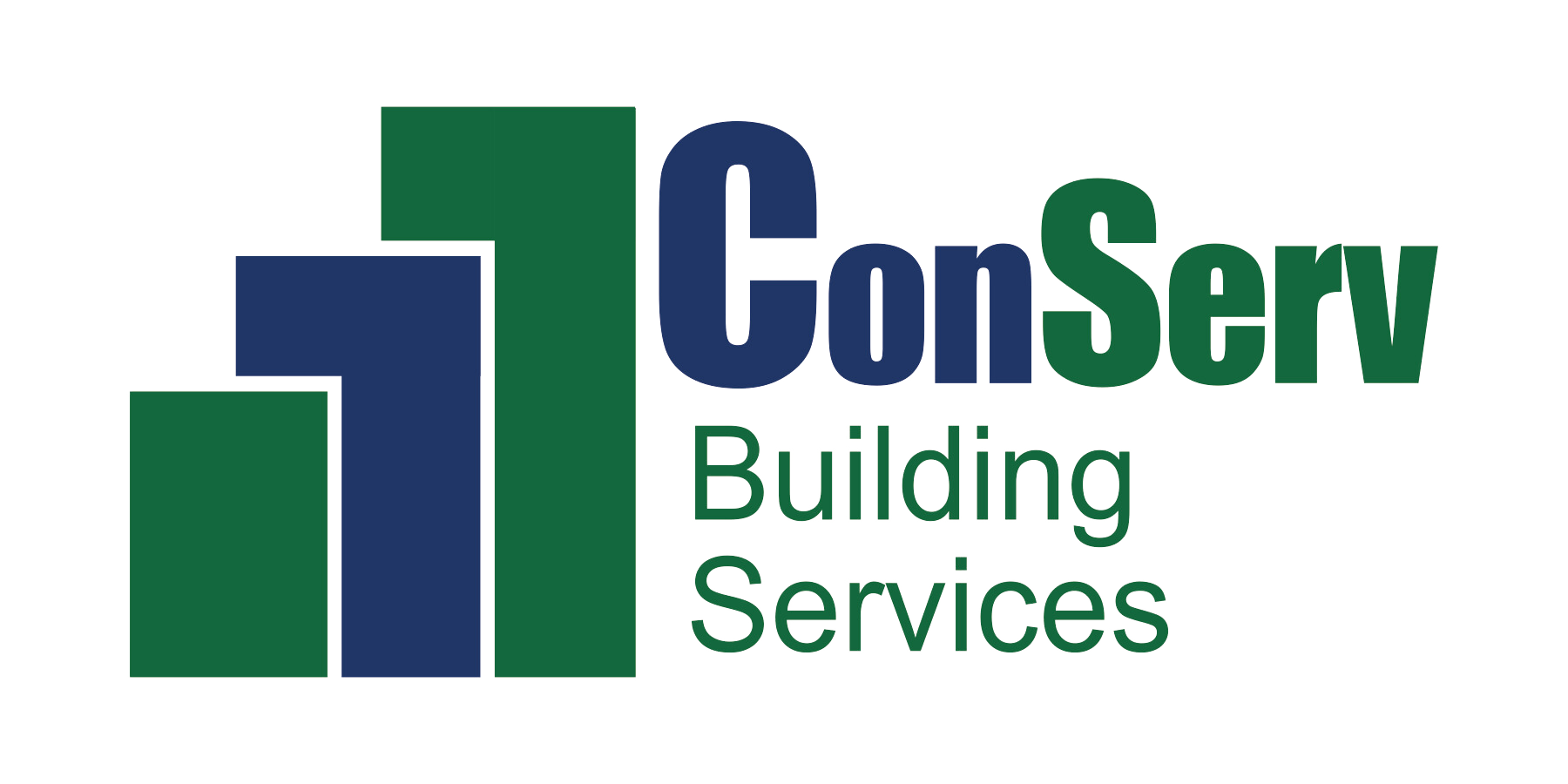Why do some counties require wind load calculations from engineers?
Historically, building codes change in response to lessons learned after catastrophic events, such as hurricanes. The aftermath of these events form the basis for changes in today’s building codes. It is important for suppliers and installing contractors to fully understand the provisions of the code in order to minimize their exposure to risk and liability. The single biggest change for equipment manufacturers, dealers, and installing contractors is that equipment needs to be properly designed and also properly anchored to the building structure, according to wind load requirements.
Wind speed, by itself, does not control the design requirements for construction; wind load does.
The newly adopted Florida Building Code replaces 470 local codes that crisscross the state. Implementation of the Florida Building Code requires that many new considerations be taken into account to properly determine wind loads on buildings.
There are three (3) wind speed categories ranging from 110 mph in the south down to 90 mph in the north. In addition to wind speed, “3-second peak gust” is a second wind load provision used. This measurement ranges in speeds between 150 mph to 100 mph.
There are also two (2) new definitions in the Florida Building Code that need to be considered with respect to wind loads. “Exposure Categories” is the term used to describe the area surrounding the building with regard to the ability of wind to blow directly on the structure without disruption from surrounding structures. The second term, “Wind-borne Debris Region”, defines the area with a 3-second peak gust wind speed at 120 mph or higher, 30 feet above ground.
It is important to have a complete understanding of your building’s wind load requirements. Contact your local municipality or ConServ Building Services representative for additional information when replacing or installing new HVAC equipment.
ConServ Building Services, LLC provides excellent commercial HVAC, refrigeration, plumbing, and general construction services to businesses across the Southeastern United States. To learn more about ConServ, visit www.conservonline.com.
